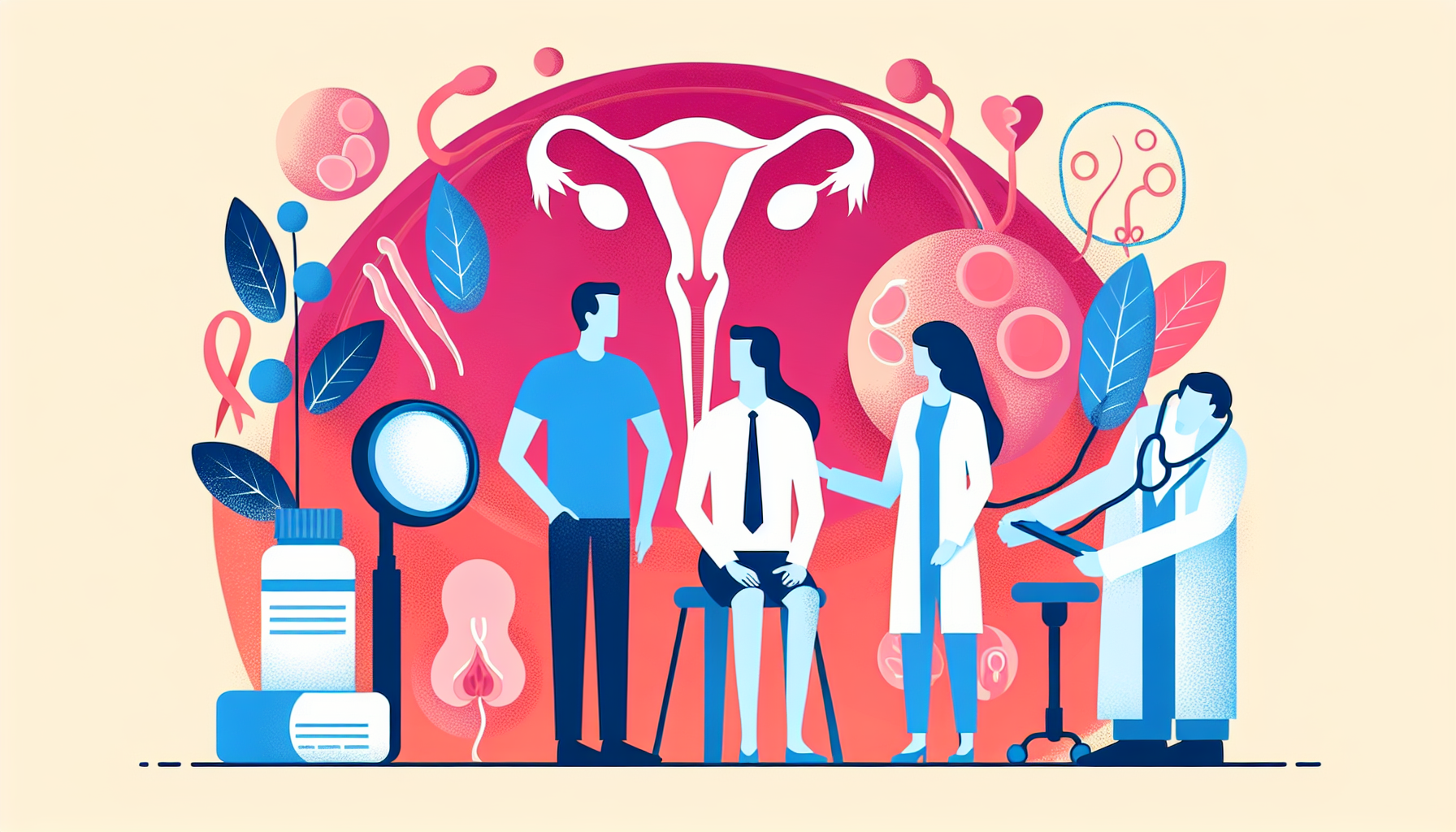Tirzepatide for Sleep Apnea - Can It Help?
Understanding Sleep Apnea and Its ChallengesSleep apnea is a common yet serious sleep disorder characterized by repeated interruptions in breathing during sleep. These pauses [...]
Read MoreEpididymitis is a condition that causes inflammation of the epididymis, a long, coiled tube located at the back of the testicles. This condition can affect anyone with testicles and an epididymis. While it's usually caused by bacterial infections, such as sexually transmitted infections (STIs), there are other possible causes as well.
The epididymis plays a crucial role in the male reproductive system. It is responsible for storing and carrying sperm from the testicles to the vas deferens, a tube behind the bladder. The epididymis is a long, coiled structure that can be nearly 20 feet long when uncoiled. It takes approximately two weeks for sperm to travel through the epididymis, during which time they mature and become capable of fertilizing an egg.
When the epididymis becomes inflamed due to a bacterial infection, you may experience the following symptoms:
Swelling and pain in one testicle
Redness and tenderness in the scrotum
Frequent or urgent need to urinate
Painful urination or ejaculation
Fever
Bloody urine
Discomfort in the lower abdomen
Enlarged lymph nodes in the groin
A lump on the testicle
If you experience any of these symptoms, it's essential to consult your doctor for proper diagnosis and treatment.

Bacterial infections are the most common cause of epididymitis. STIs like gonorrhea and chlamydia are often responsible for the condition in younger males. However, epididymitis can also be caused by other factors, such as:
Urinary tract or bladder infections
Viral infections
Reverse urine flow
Trauma to the testicles
Complications from a vasectomy
Certain risk factors can increase your chances of developing epididymitis, including having unprotected sex, a history of STIs or urinary tract infections, an uncircumcised penis, or a weakened immune system.
To diagnose epididymitis, your doctor will perform a physical examination and may order additional tests, such as:
Urine sample to check for signs of infection
Blood sample to detect abnormalities or high levels of inflammation
Swab sample from the penis to test for STIs
Ultrasound of the scrotum and testicles to assess blood flow and rule out other conditions
Treatment for epididymitis depends on the underlying cause and severity of the condition. In most cases, antibiotics are prescribed to combat bacterial infections. Over-the-counter pain relievers, rest, and cold compresses can help alleviate pain and swelling. In rare cases, surgery may be necessary to drain abscesses or correct urinary tract abnormalities.
During recovery, it's essential to complete the prescribed course of antibiotics, avoid heavy lifting, and refrain from sexual activity until the infection has cleared.
While it may not always be possible to prevent epididymitis, there are steps you can take to reduce your risk:
Use condoms during sexual activity
Avoid prolonged sitting
Be cautious when lifting heavy objects to avoid straining
Promptly treat any infections that may spread to the epididymis
If you are prone to urinary tract or bladder infections, consult your doctor about additional preventive measures.
If you experience symptoms of epididymitis, such as scrotal pain and swelling, it's crucial to consult your healthcare provider promptly. Untreated epididymitis can lead to complications like chronic inflammation, abscess formation, or even infertility in rare cases.
Seek immediate medical attention if you or someone you know with epididymitis experiences signs of sepsis, such as a rapid heart rate, confusion, difficulty breathing, fever, or severe pain.
Epididymitis is a common condition that causes inflammation of the epididymis, usually due to bacterial infections. By understanding the causes, symptoms, and treatment options for epididymitis, you can take steps to protect your reproductive health and seek prompt medical care when necessary. Remember to practice safe sex, maintain good hygiene, and address any infections promptly to reduce your risk of developing epididymitis.
For more information on epididymitis and other male reproductive health issues, consult the following reputable sources:
Understanding Sleep Apnea and Its ChallengesSleep apnea is a common yet serious sleep disorder characterized by repeated interruptions in breathing during sleep. These pauses [...]
Read MoreHeart attacks are often perceived as a predominantly male health issue, but the reality is that heart disease is the leading cause of death for women worldwide. Recognizing [...]
Read MoreTelehealth has transformed the way patients access healthcare, offering convenience, speed, and accessibility that traditional in-person visits often cannot match. With the [...]
Read More